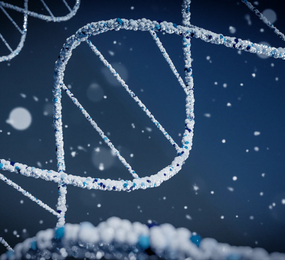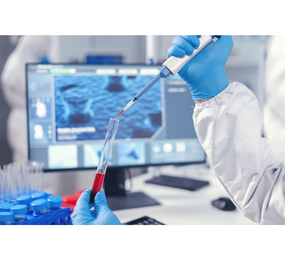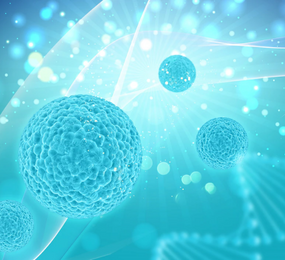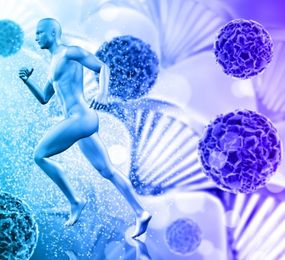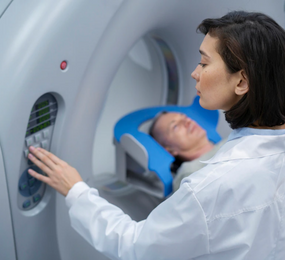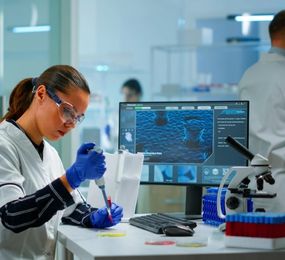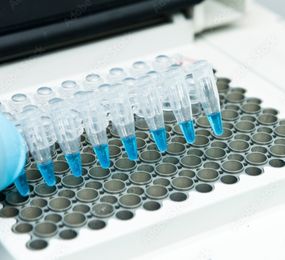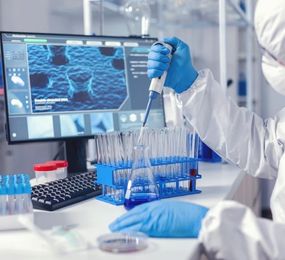Peptides are brief polymers created by joining (often 100 or fewer) amino acids. They include hormones and enzymes, some of the most fundamental elements of biological processes in humans. The term "peptide bond" or "amide bond" refers to the connection between two adjacent amino acid residues that is created when an adjacent residue's amino group and a carboxyl group interact.
Peptide research is heavily influenced by their distinct needs, particularly in terms of drug administration. In order to provide formulations that are stable, effectively bioavailable, and permit sound manufacturing, several life science companies are using innovative methodologies. To distribute these medications more effectively, parenteral, nasal, and controlled-release delivery techniques have advanced. Similarly, advances are being made in the delivery of peptides via oral, transdermal, pulsatile, and on-demand routes.
The lengthy development times and complex manufacturing procedures that are a part of the industry are now some of the main obstacles to recombinant peptide synthesis. However, cutting-edge tools like expression tags and techniques like automation and modelling may be able to help overcome these difficulties.
There is no "one size fits all" approach to understanding peptide synthesis. The production process used will need to differ depending on the peptides' structure; it may be synthetic, recombinant, or semi-synthetic production.
Insulin, a peptide of 51 amino acids and the first recombinant product to receive international approval in 1982, was the first recombinant product to hit the market. Following were other peptides like calcitonin, ecallantide, and semaglutide. It's interesting to note that there are currently 150 peptides being tested in clinical trials. "Only 20% are done in a semi-synthetic approach" of these. Chemical solvents used in the process as well as other environmental concerns are some of the issues with chemical synthesis. According to what we have learned over the past few years, environmental impact is becoming increasingly significant for production systems.
Peptides often exhibit lower toxicities, higher specificities, and fewer toxicological problems than other small-molecule medications. These characteristics frequently spur the creation of treatments that would be challenging to market. Pharmaceutical companies have given protein therapeutics a great deal of attention due to their bioreactivity, specificity, safety, and overall success rate. Some improvements still need to be made, particularly in the pricey production, formulation, and distribution systems.
The potential of peptides is stimulating medication development and innovation, but it is also testing the creativity of pharmaceutical developers to create new delivery systems for current and future therapeutics. Peptides' advantages in successfully treating disease and other potentially fatal disorders outweigh their price per unit.
Development of medicines and treatments based on these molecules will undoubtedly rise, given the wide range of options they offer. The utilisation of peptides and proteins in pharmaceutical research and development today and in the future will be maximised by understanding the techniques for manufacturing, purification, and yield optimization.
Want to find out more? Join industry experts on March 28–29, 2023 at the Steigenberger Airport Hotel, Berlin, Germany as they discuss Single-use technologies.
To register or learn more about the Forum please check here: https://bit.ly/3zxguXW.
For more information and group participation, contact us: [email protected]


